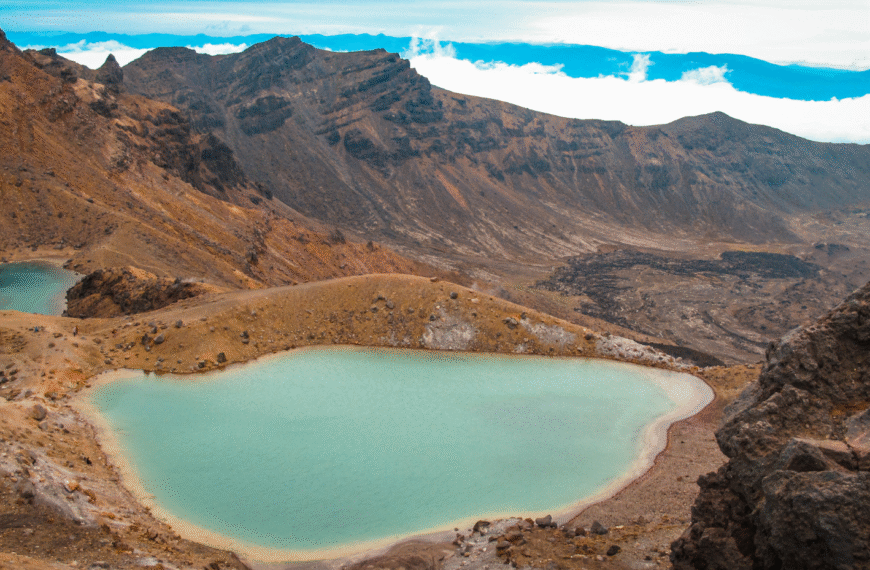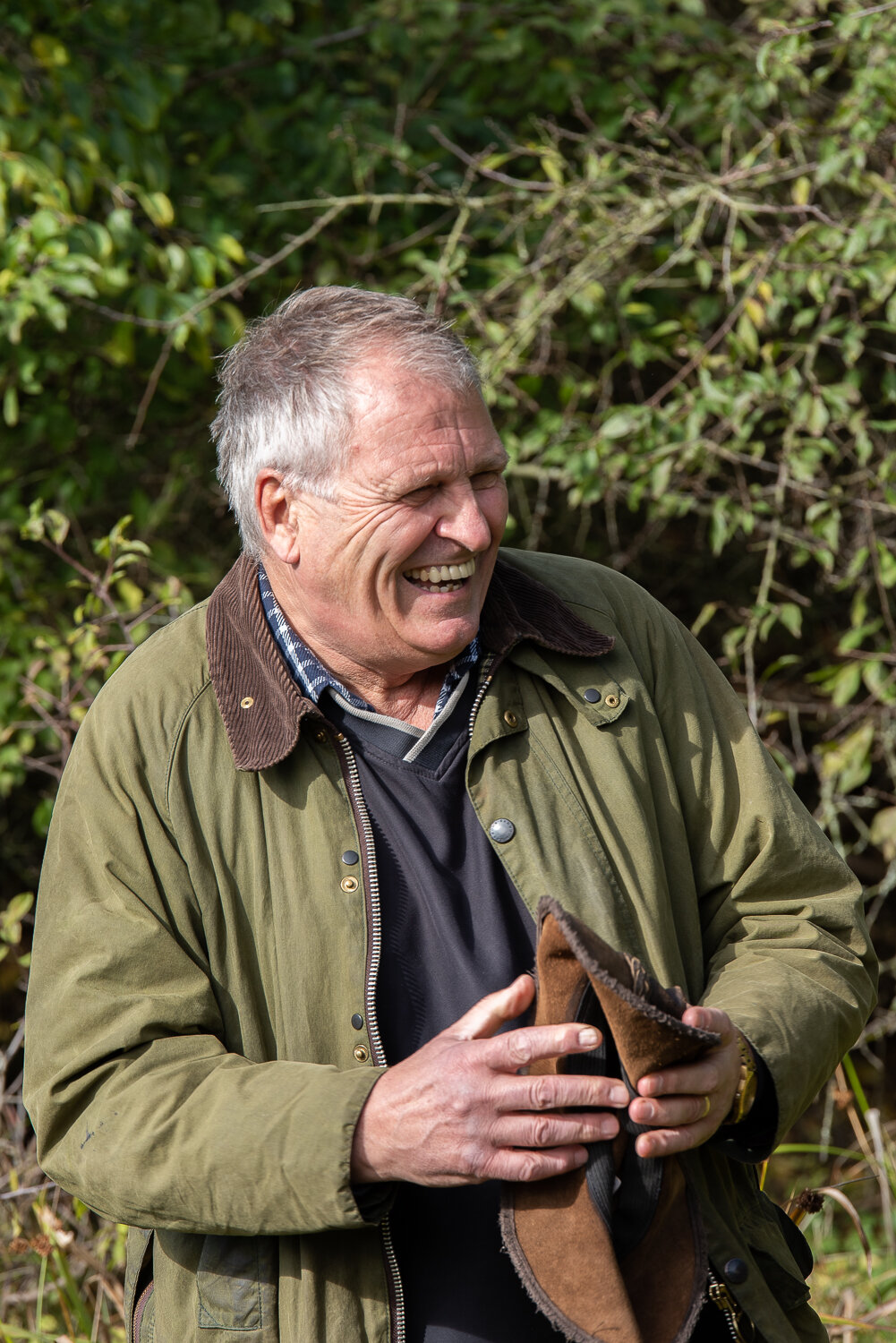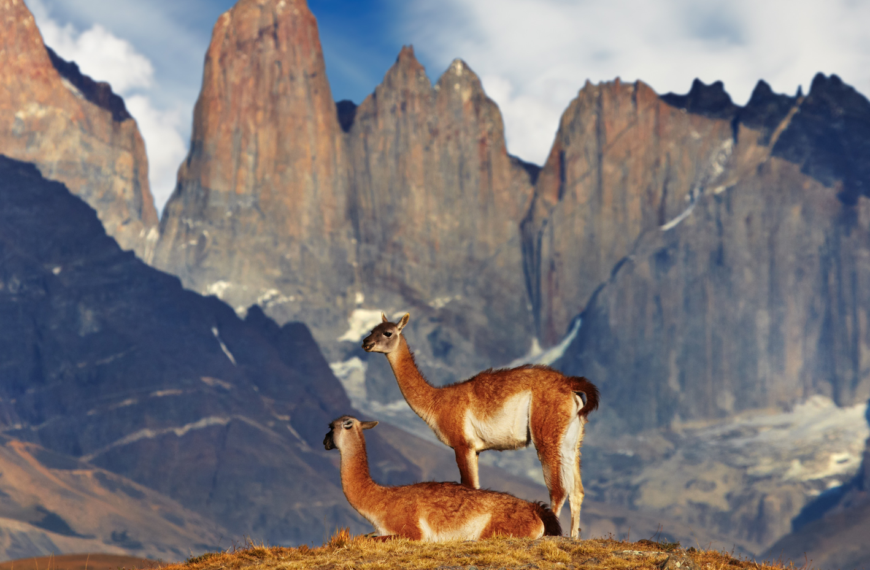There are places on Earth where rainforests drip with green shadows, kangaroos move through misty woodlands and snow-dusted peaks cradle alpine blooms rooted in ancient soil. These are Australia’s national parks, spanning deserts, reefs, forests and mountains, where nature thrives and heritage endures.
These protected landscapes shelter ancient ecosystems and the world’s longest continuous cultures. Across the continent, Indigenous custodians, governments and conservationists work in partnership to safeguard them as places of healing, knowledge and resilience — for learning, connection and the future of the planet.
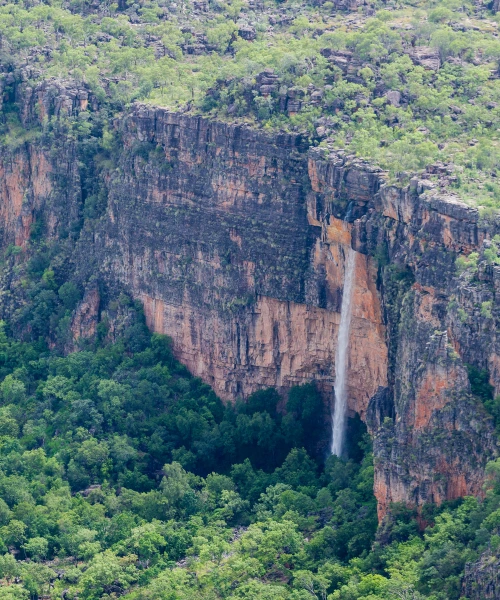
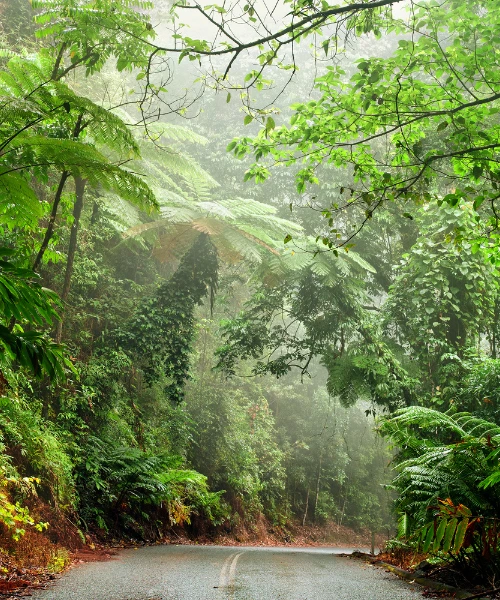
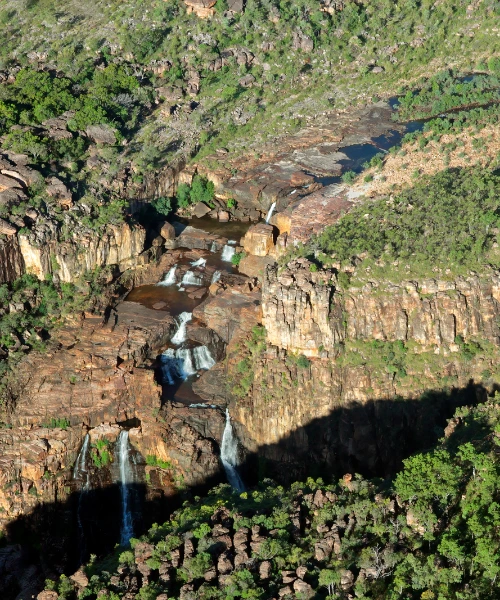
Australia’s National Parks
There are thousands of protected areas in Australia, each vast, varied and globally significant. Here are four you can visit that not only protect species but excel in inspiring learning, supporting biodiversity and honouring Indigenous knowledge.
Kakadu National Park
The shimmering floodplains of Kakadu National Park thrive with magpie geese, brolgas and jabirus. A third of Australia’s bird species live in these wetlands of northern Australia, as well as thousands of plant species that support rich food webs and seasonal migrations.
Equally remarkable is Kakadu’s cultural landscape, cared for by the Bininj and Mungguy people for tens of thousands of years. Today, aboriginal ranger groups lead restoration projects, fire management and wetland monitoring, blending spiritual law with science to safeguard their land.
Daintree National Park
Among Australia’s national parks lies a rainforest older than the Amazon, pulsing with life that has evolved in isolation for millions of years. Ancient ferns and rare orchids carpet the floor of Daintree National Park, while endemic species like the musky rat-kangaroo and the primitive idiot fruit contribute to its astounding biodiversity.
Alongside the Southern Cassowary, which roams the undergrowth dispersing seeds vital to the forest’s survival, the Eastern Kuku Yalanji people co-manage the park. They combine their deep ecological knowledge with modern science to preserve habitats, restore degraded land and pass on traditional wisdom through interpretive walks and storytelling.
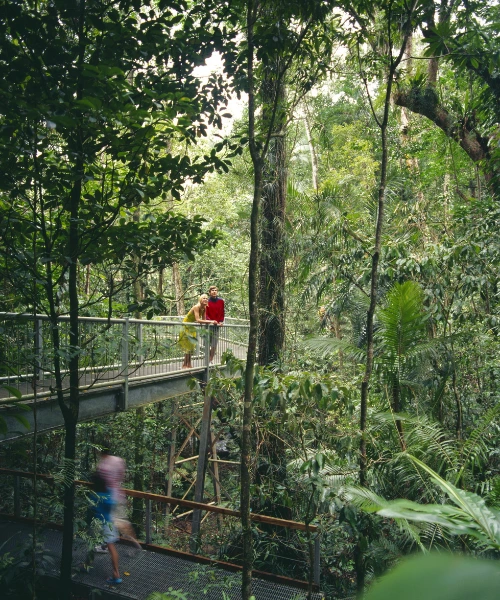
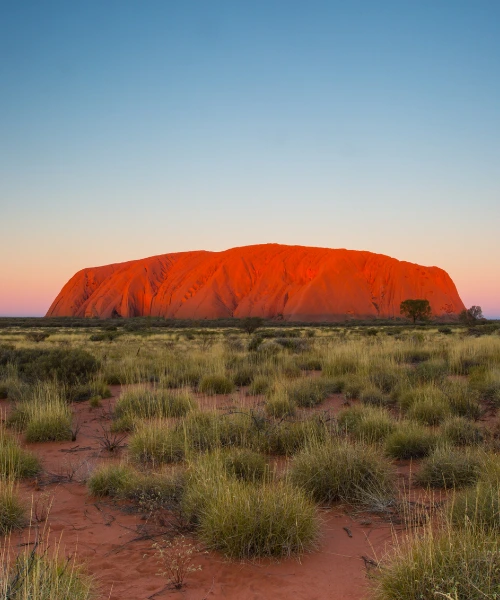
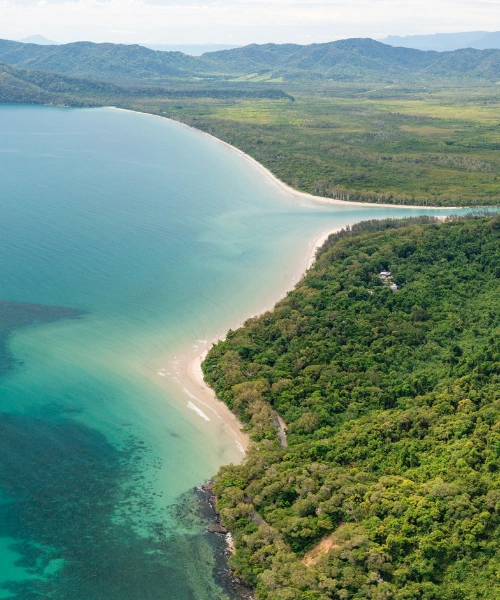
Uluru-Kata Tjuta National Park
Uluru and Kata Tjuta are both geological marvels and sacred places of immense significance, earning Uluru-Kata Tjuta National Park a rare dual listing as a UNESCO World Heritage site for natural and cultural heritage. Though the park was formally handed back to the Anangu people in 1985, their spiritual law, Tjukurpa, has shaped this land for over 30,000 years.
These monumental sandstone formations rise from Australia’s red heart, where spinifex grasses anchor the dunes and mobs of red kangaroos graze. A majority-Indigenous board guides Australia’s conservation by Anangu protocols, ensuring sacred sites are protected and ecological management remains rooted in heritage.
Kosciuszko National Park
Kosciuszko National Park contains alpine meadows, glacial lakes, snow gum forests and diverse rivers that form the largest contiguous alpine ecosystem on mainland Australia. From the summit of Mount Kosciuszko, Australia’s highest peak, you can take in sweeping views of a landscape sculpted by ancient ice.
This fragile alpine world, where snow daisies and herbfields bloom for just a few months each year, is significant for the study of climate change, invasive species, habitat restoration and water catchment protection. The Ngarigo, Walgalu and Southern Ngunnawal peoples help guide collaborative stewardship that blends traditional ecological knowledge with science, recognising the area as both an environmental and cultural landscape.
Role of Ecotourism
Australia’s national parks are a gateway to understanding the continent’s rich Indigenous and ecological heritage. Guided walks, storytelling sessions and on-Country experiences led by Traditional Owners offer rare insights into knowledge passed down over millennia. Responsible ecotourism plays a vital role in safeguarding sacred sites, supporting local communities and showing how culture and conservation are deeply connected. This kind of travel fosters empathy and inspires lasting change, transforming guests into lifelong advocates for nature.
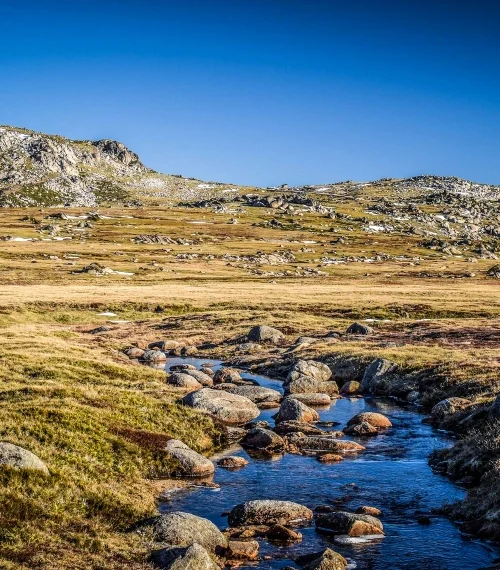
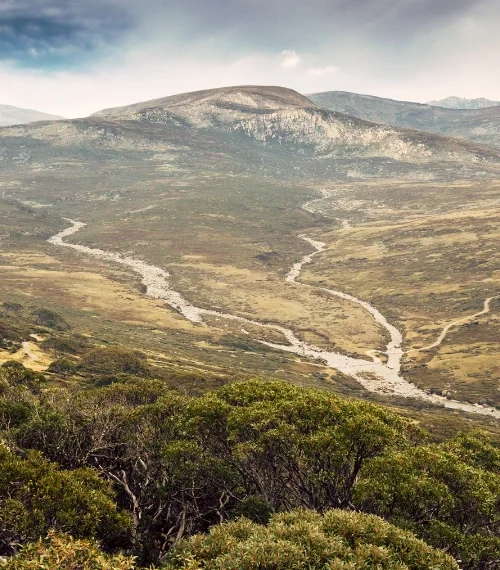
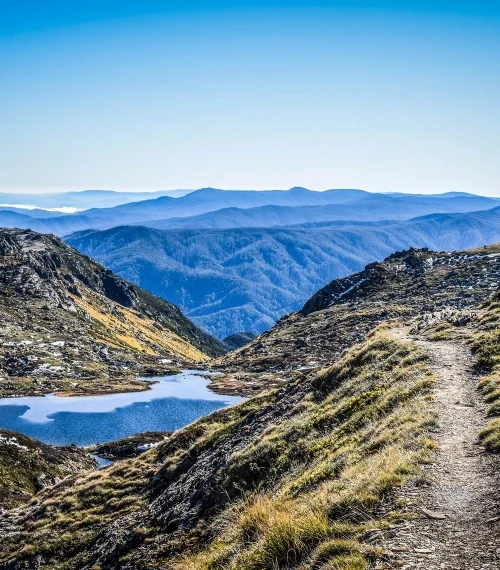
A Shared Responsibility
Australia’s protected areas stand on the frontlines of a changing climate. Flooding reshapes lowland wetlands while rising temperatures threaten alpine peaks and ancient reefs, exposing the fragility of ecosystems across the continent. Yet in the face of these pressures, Indigenous communities and conservationists are working together, blending knowledge systems to restore what has been lost and preserve what remains.
They invite visitors to build a relationship with the land, too, and become part of a growing movement to protect life on Earth, grounded in respect for heritage and nature alike.
Interested in Exploring Australia's National Parks?
Journeys With Purpose offers private, conservation-focused adventures in Australia, with tailor-made itineraries built around your passions. We also plan hosted journeys – get in touch with our expert travel specialists today on +44 20 8044 9538 or at connect@journeyswithpurpose.org.
